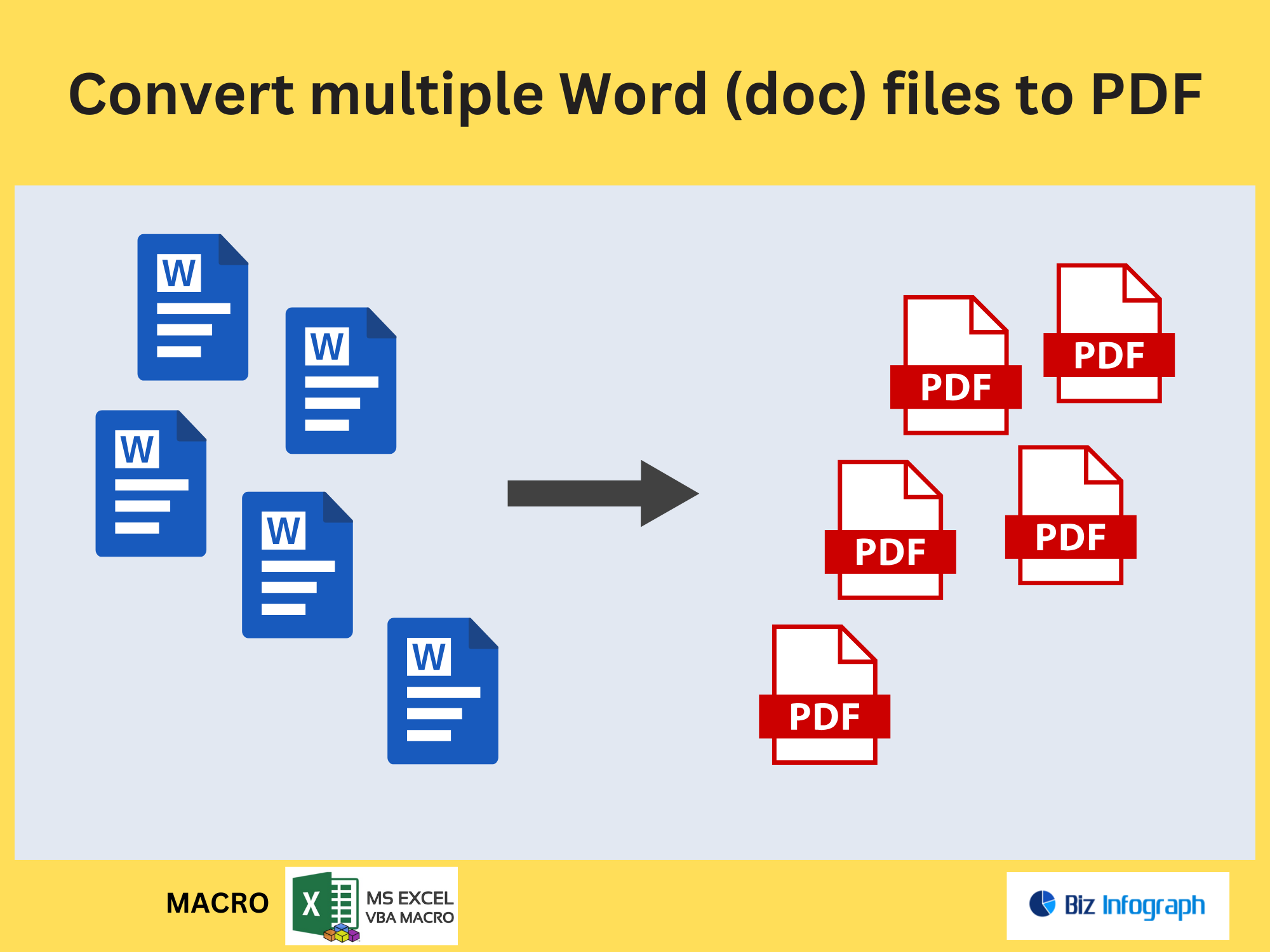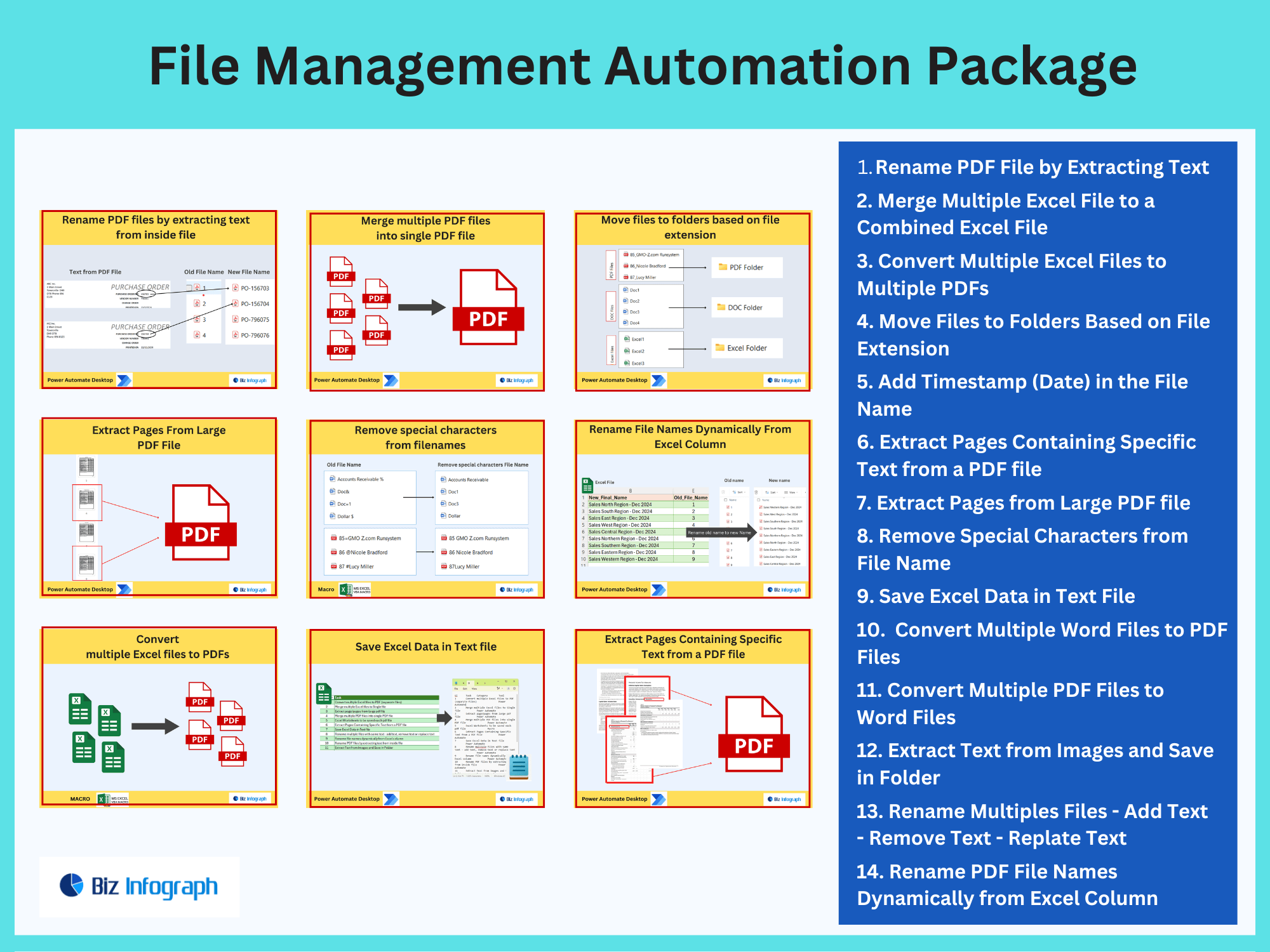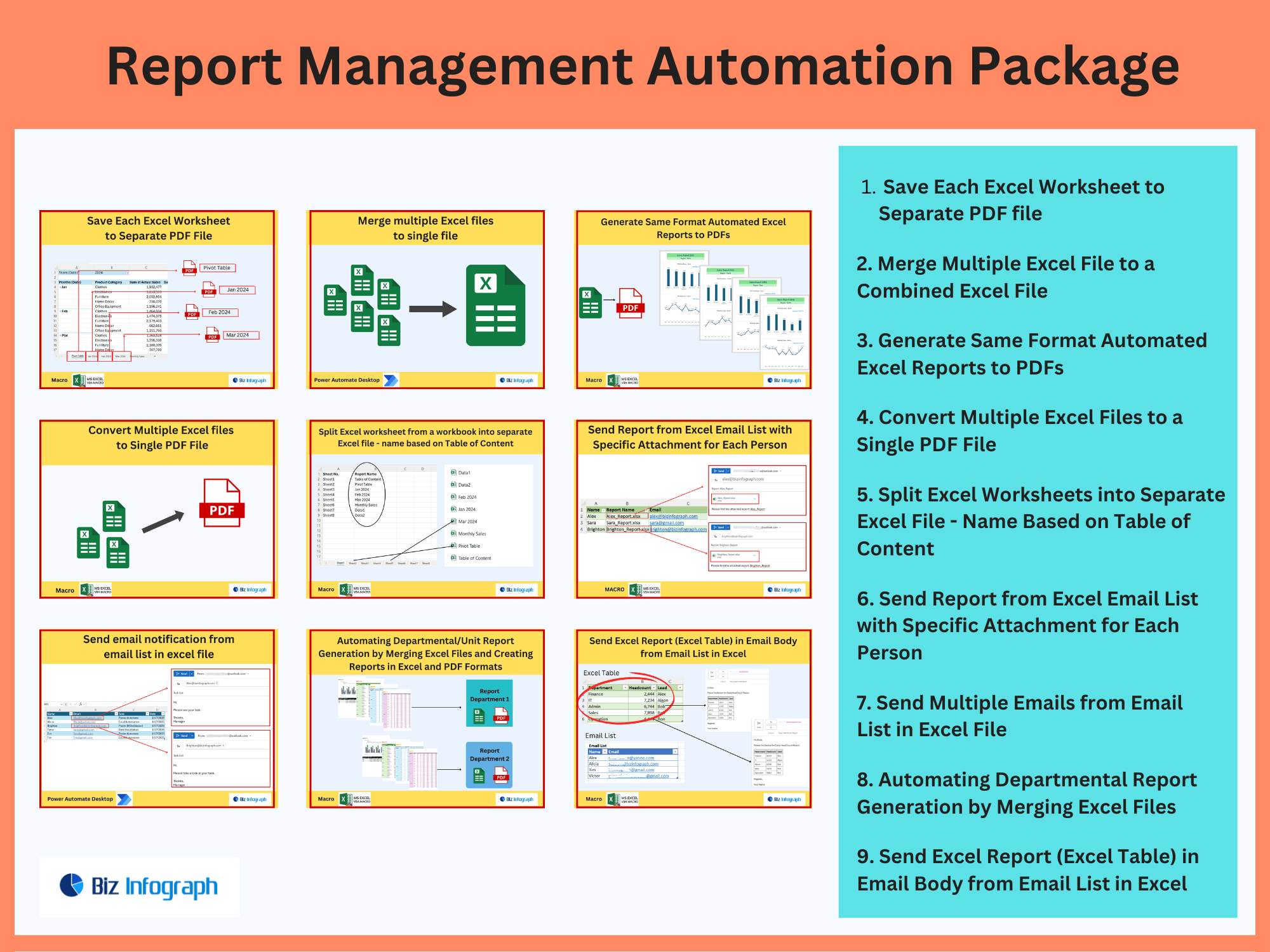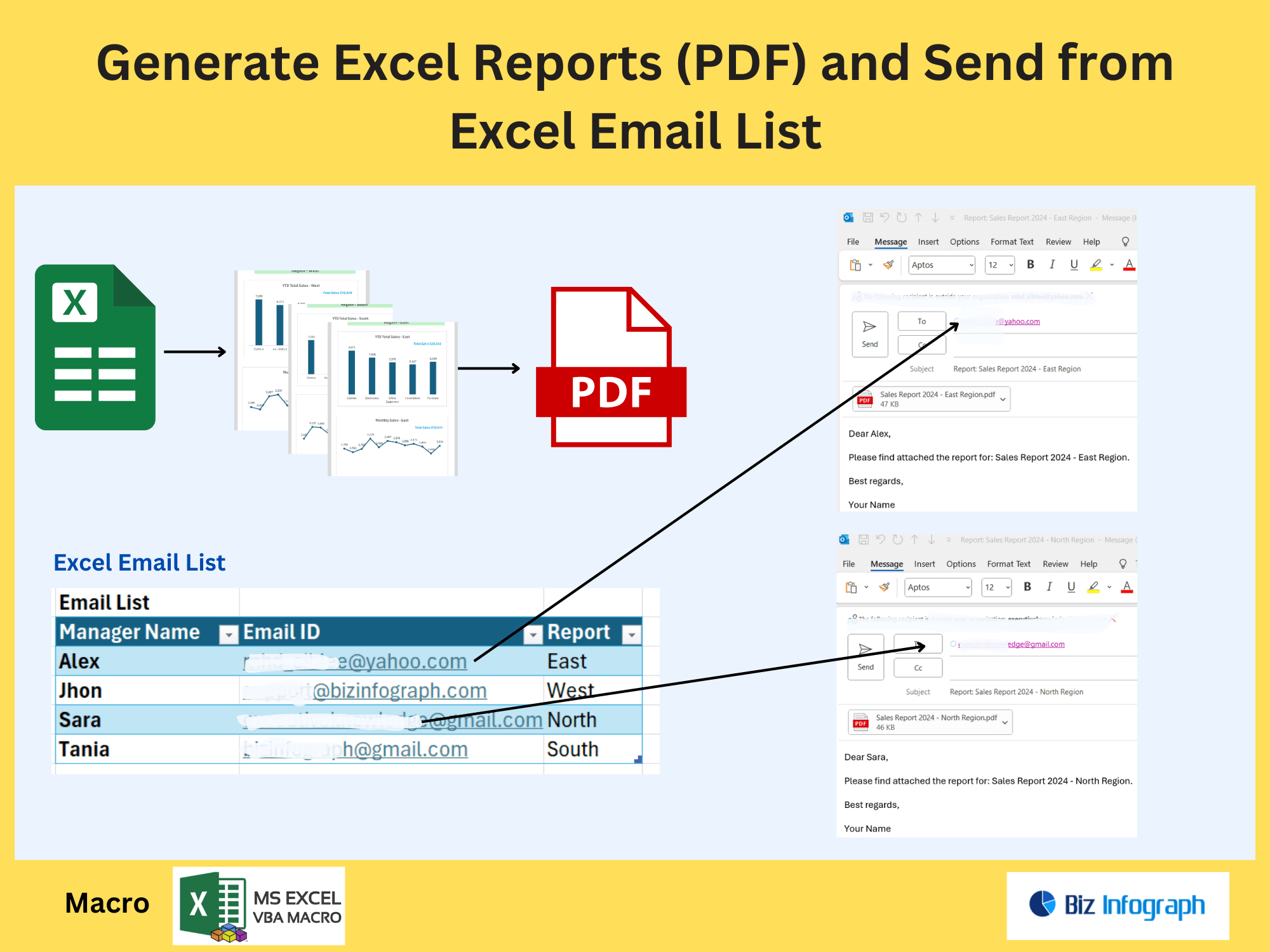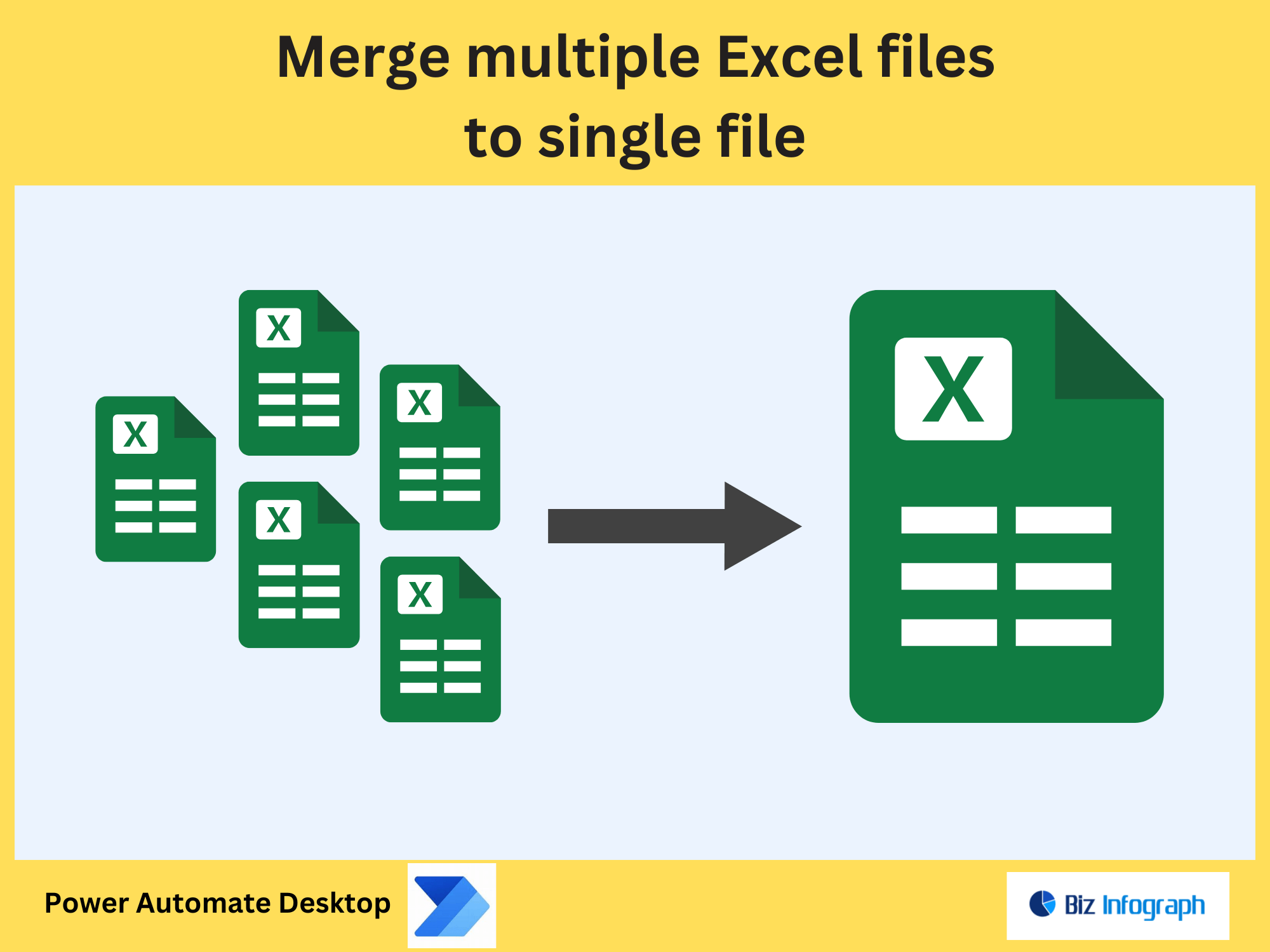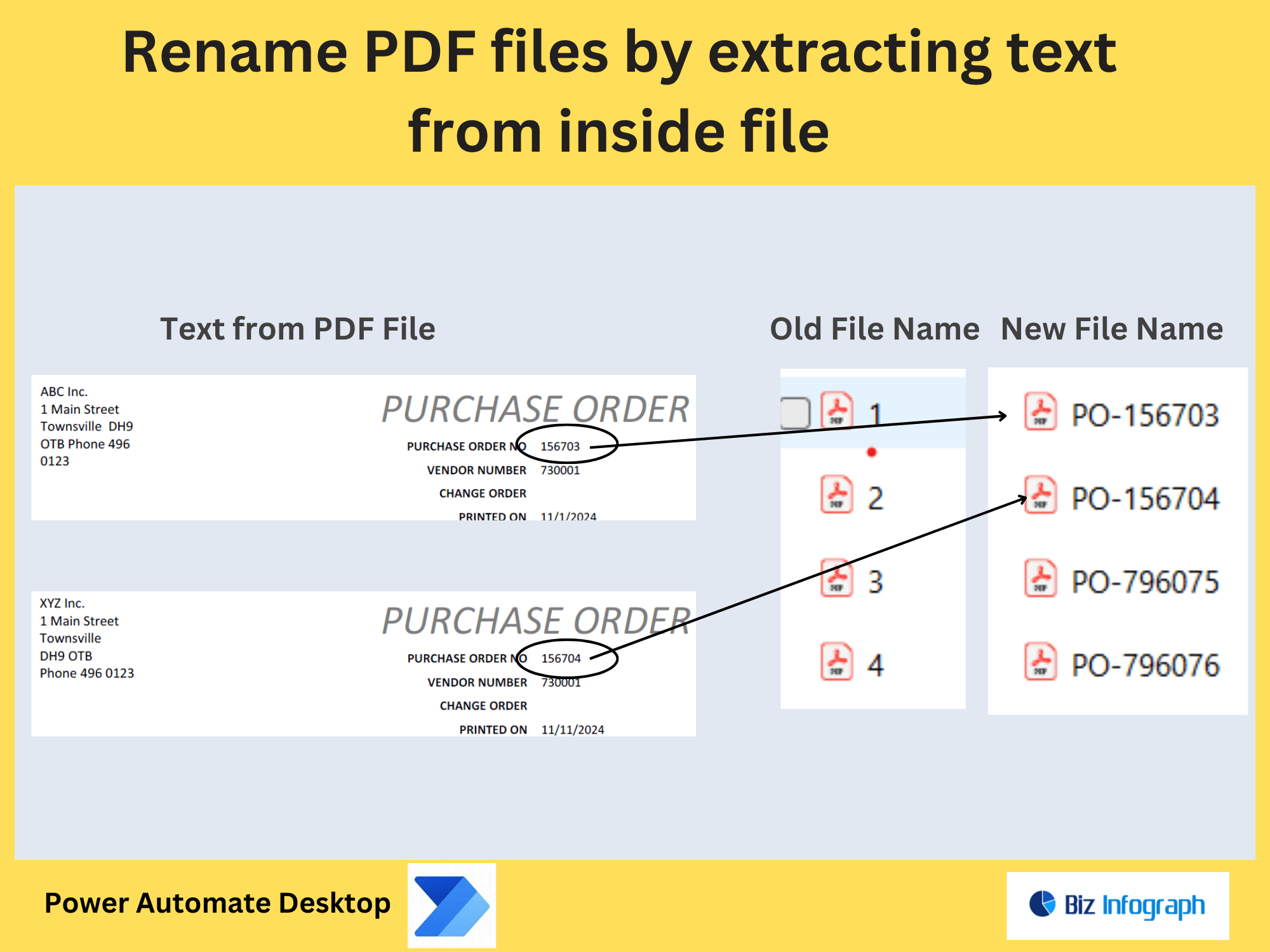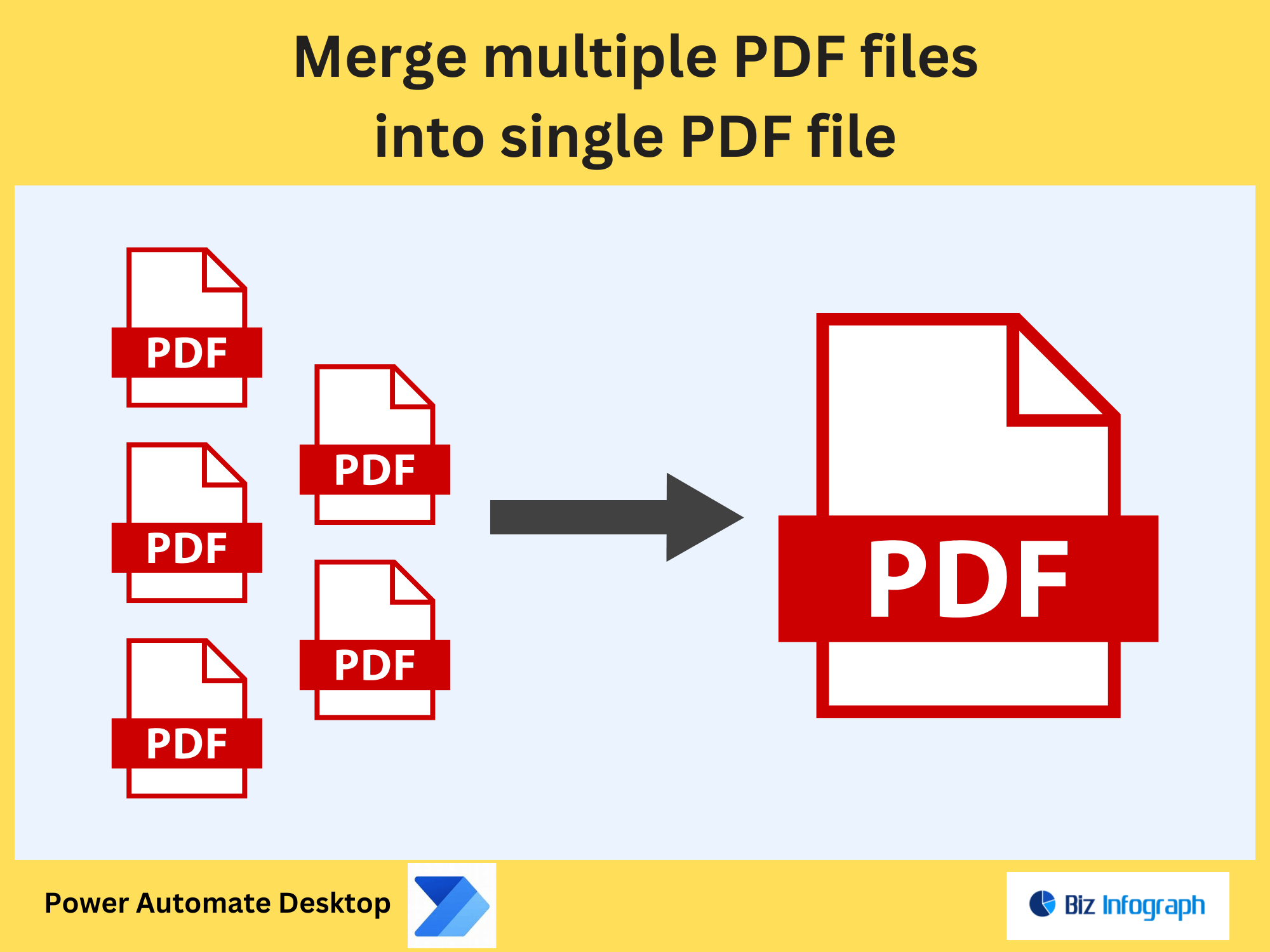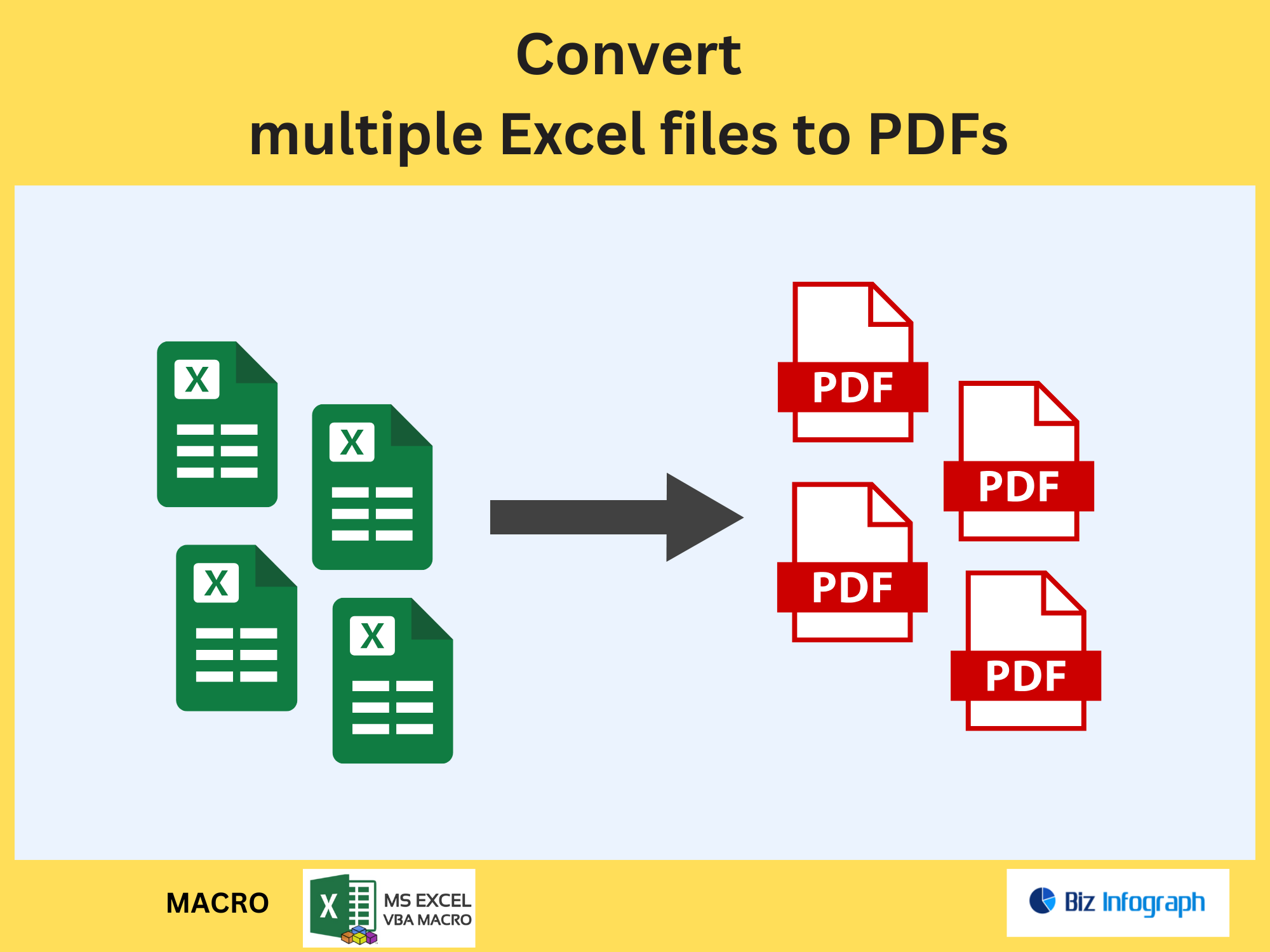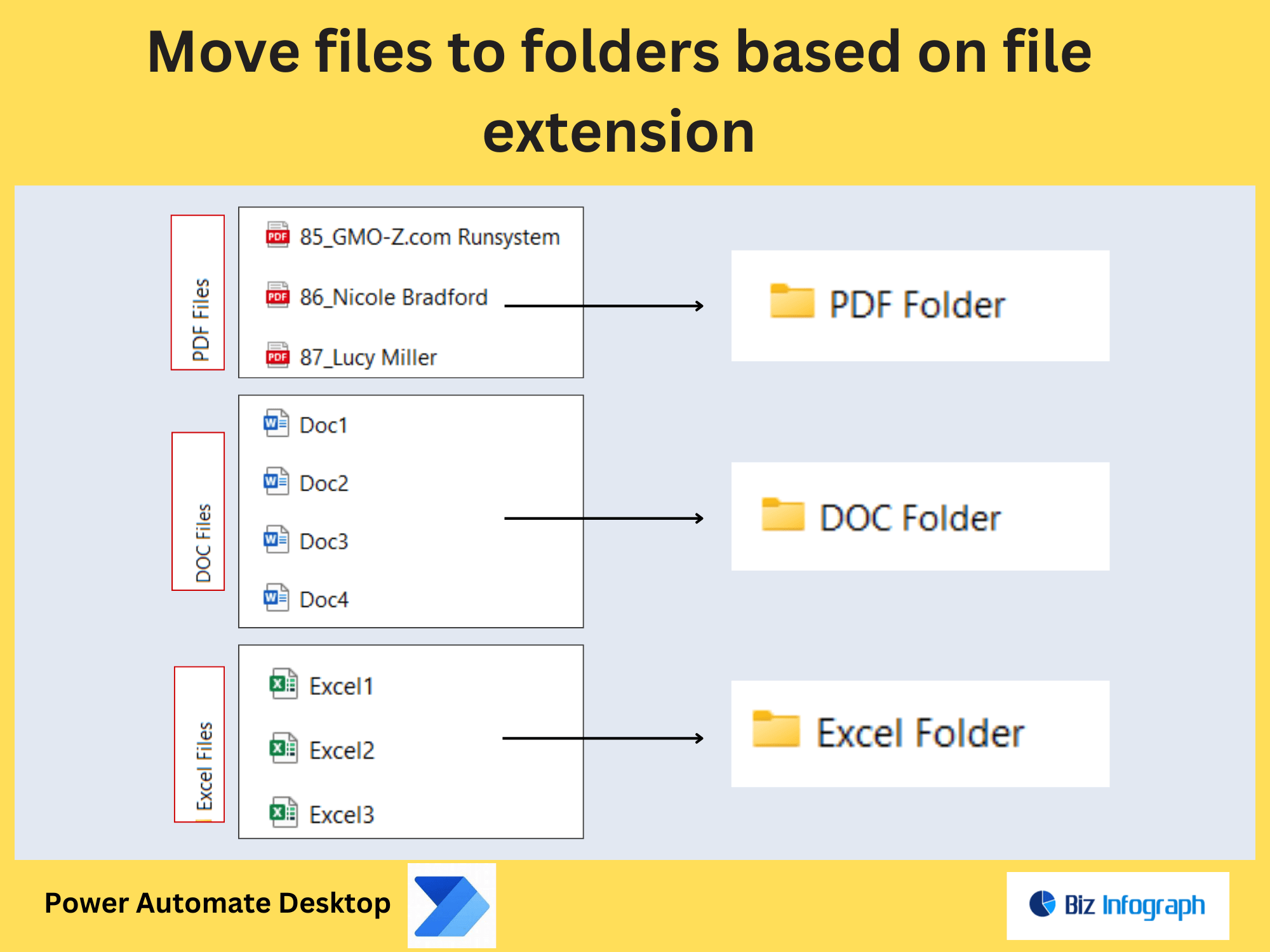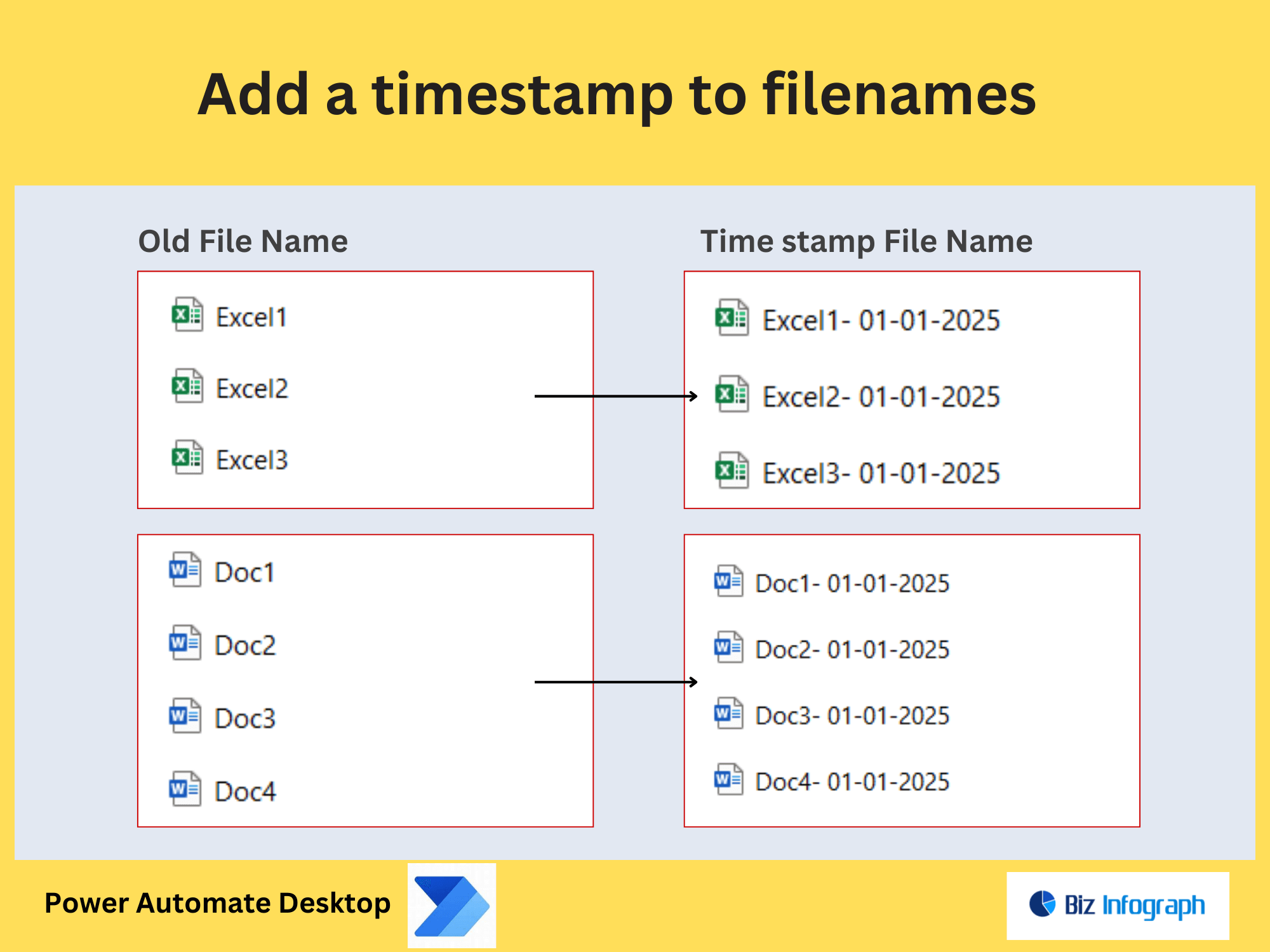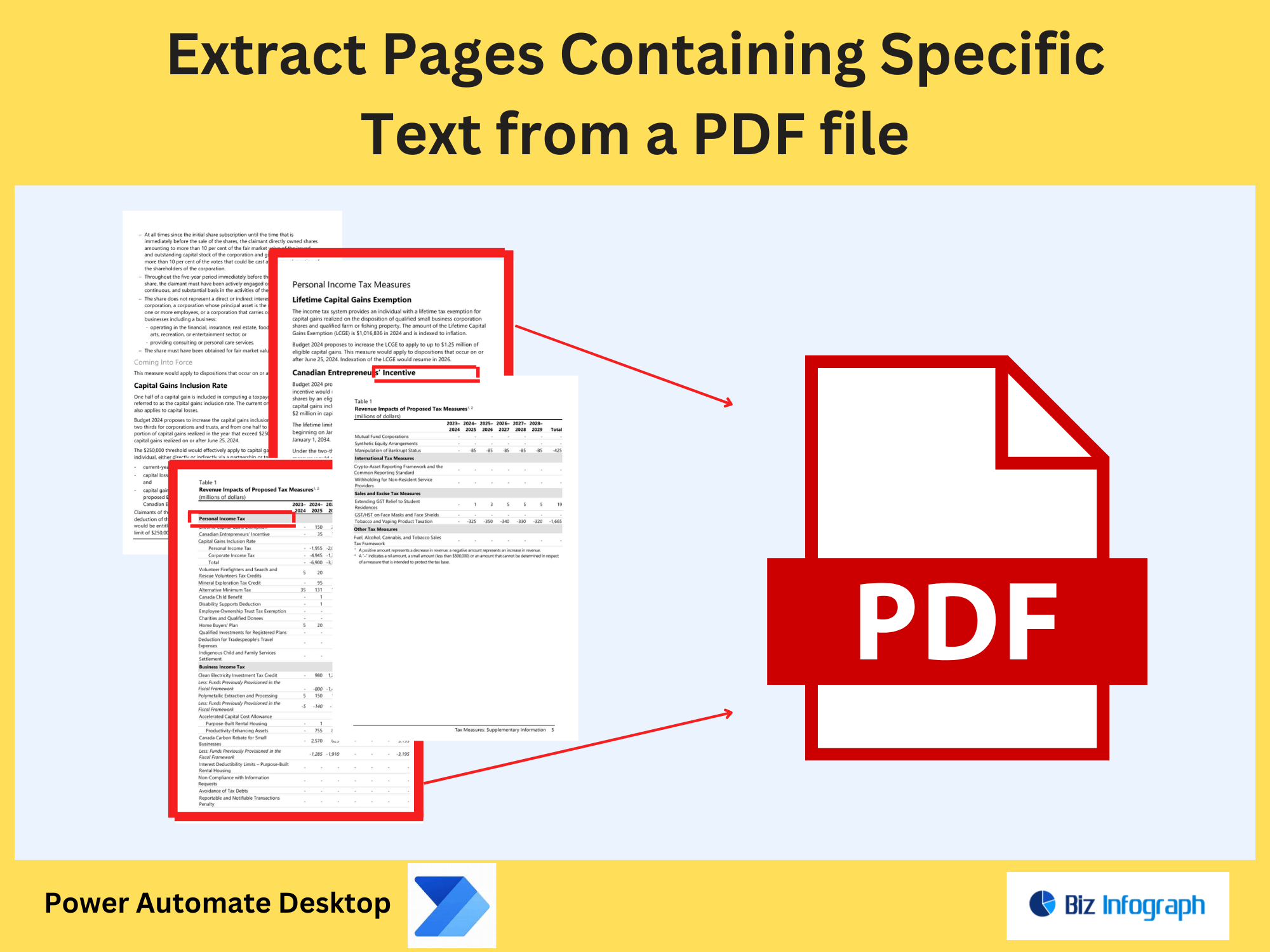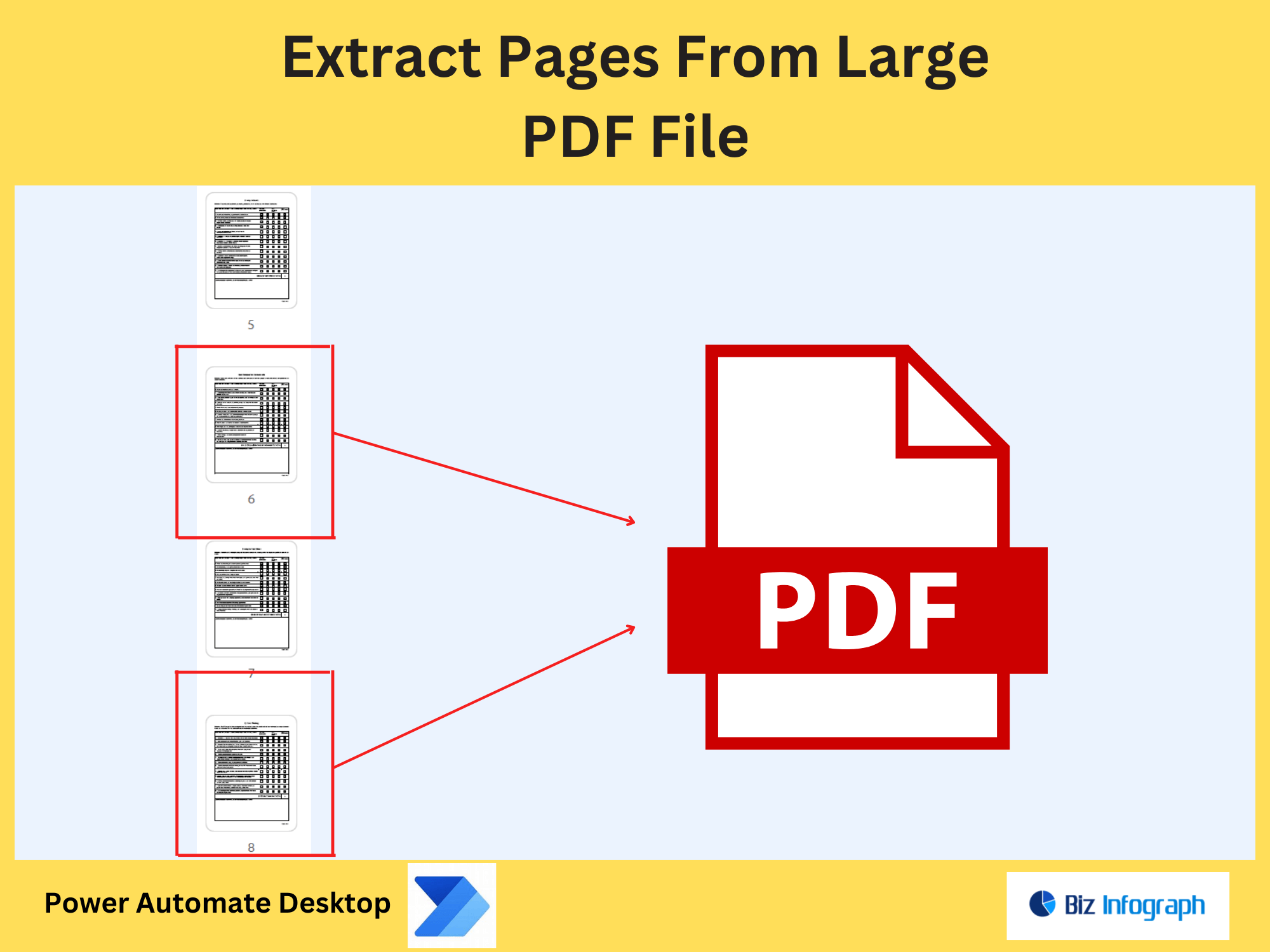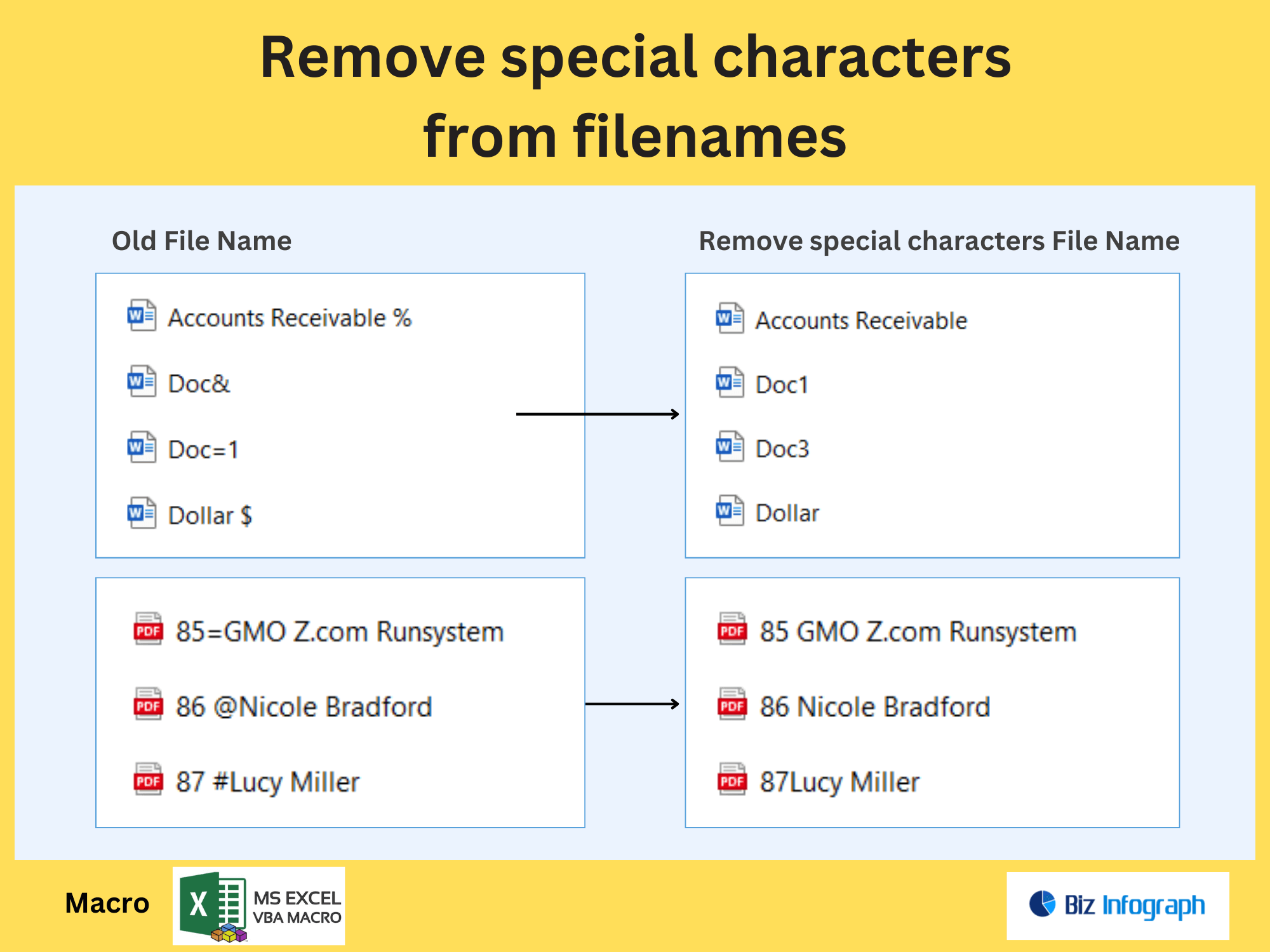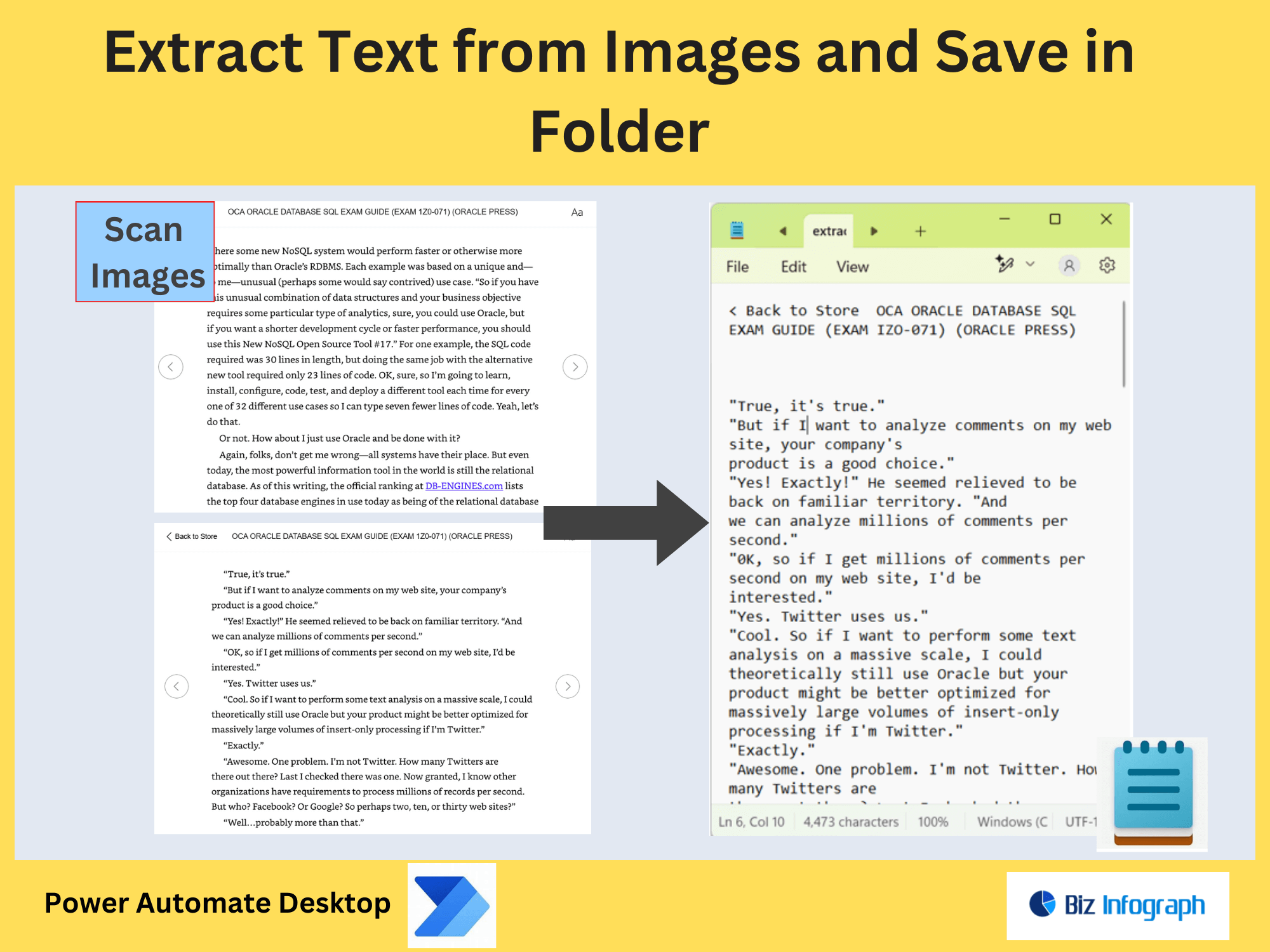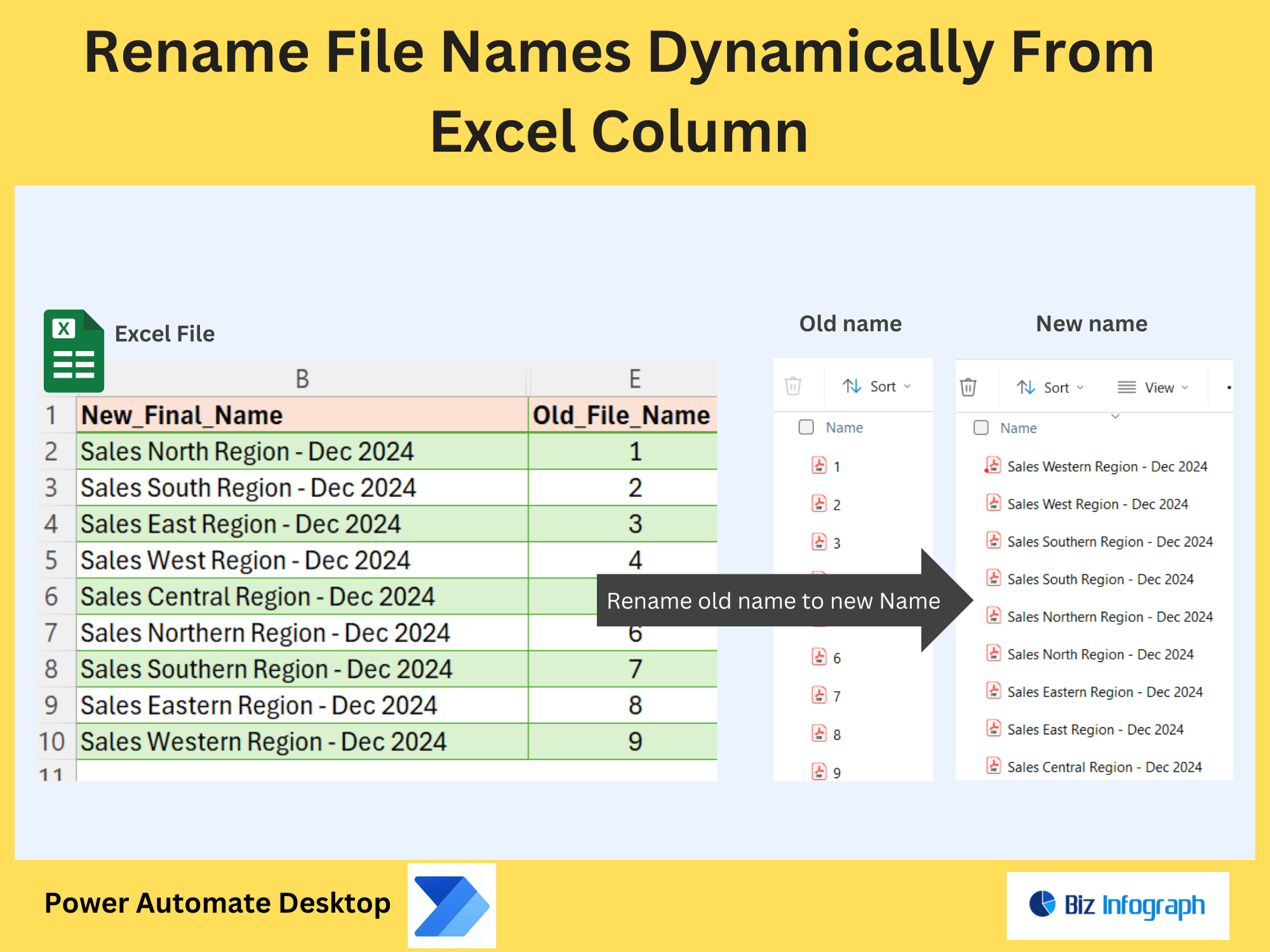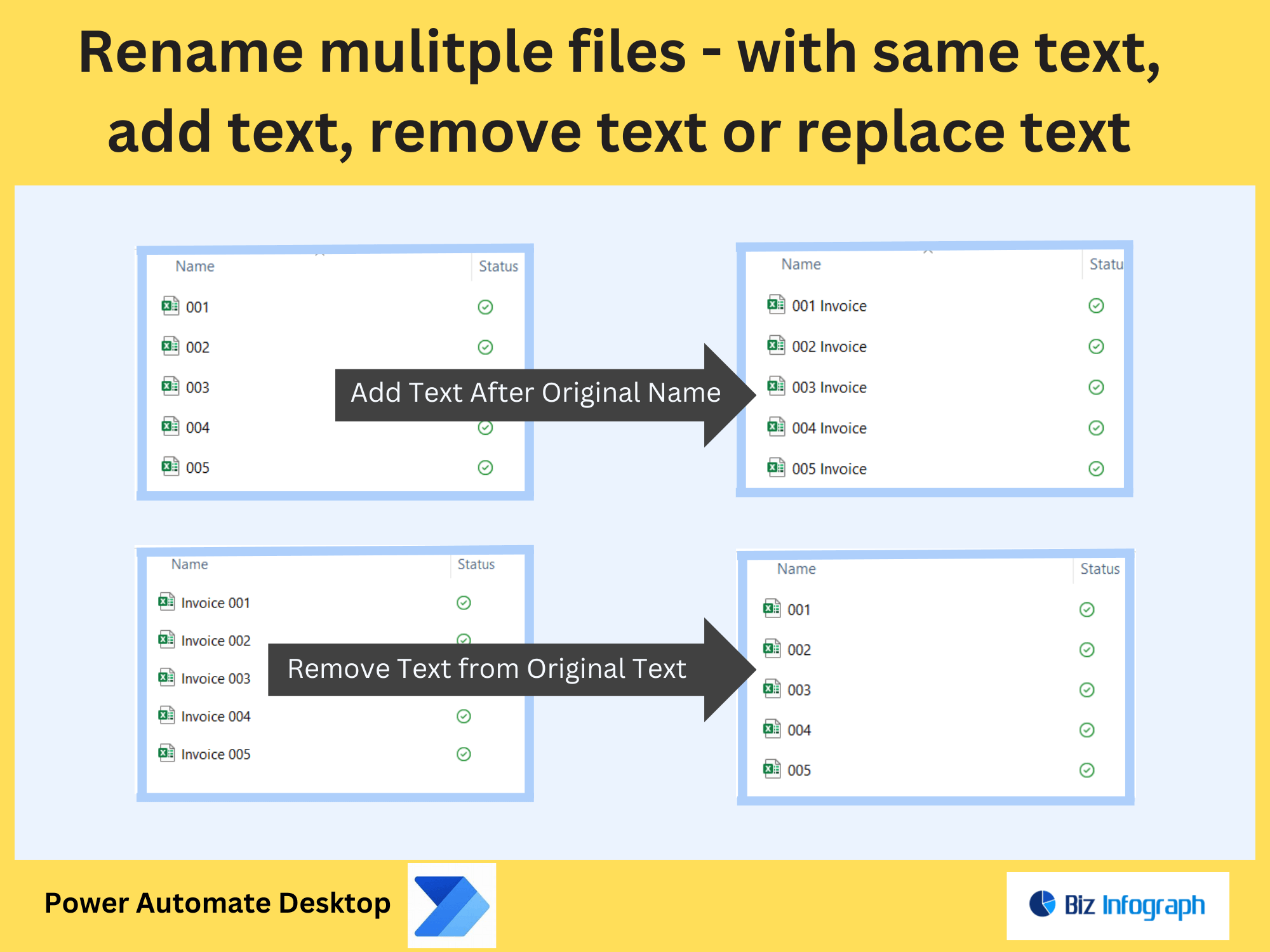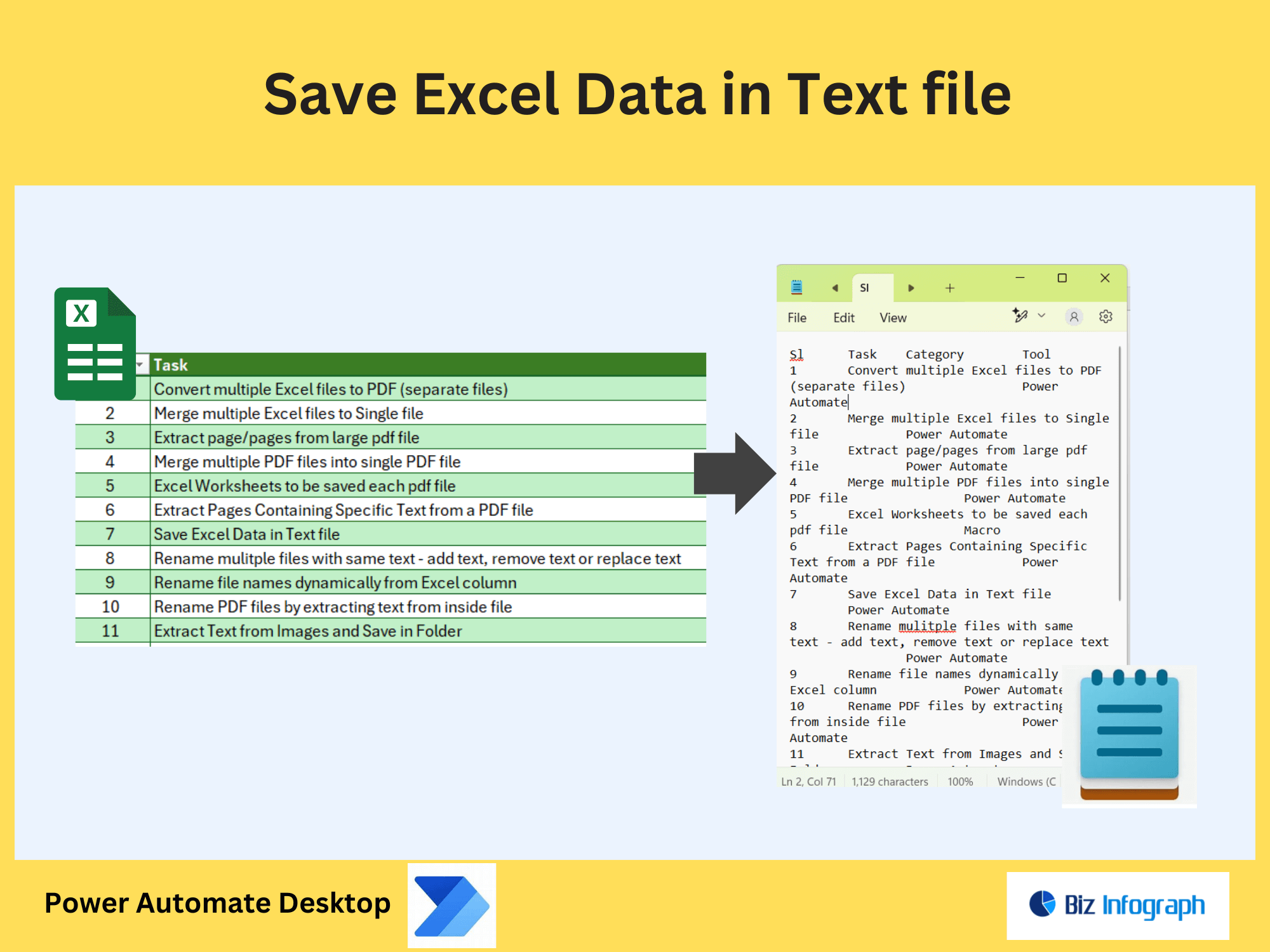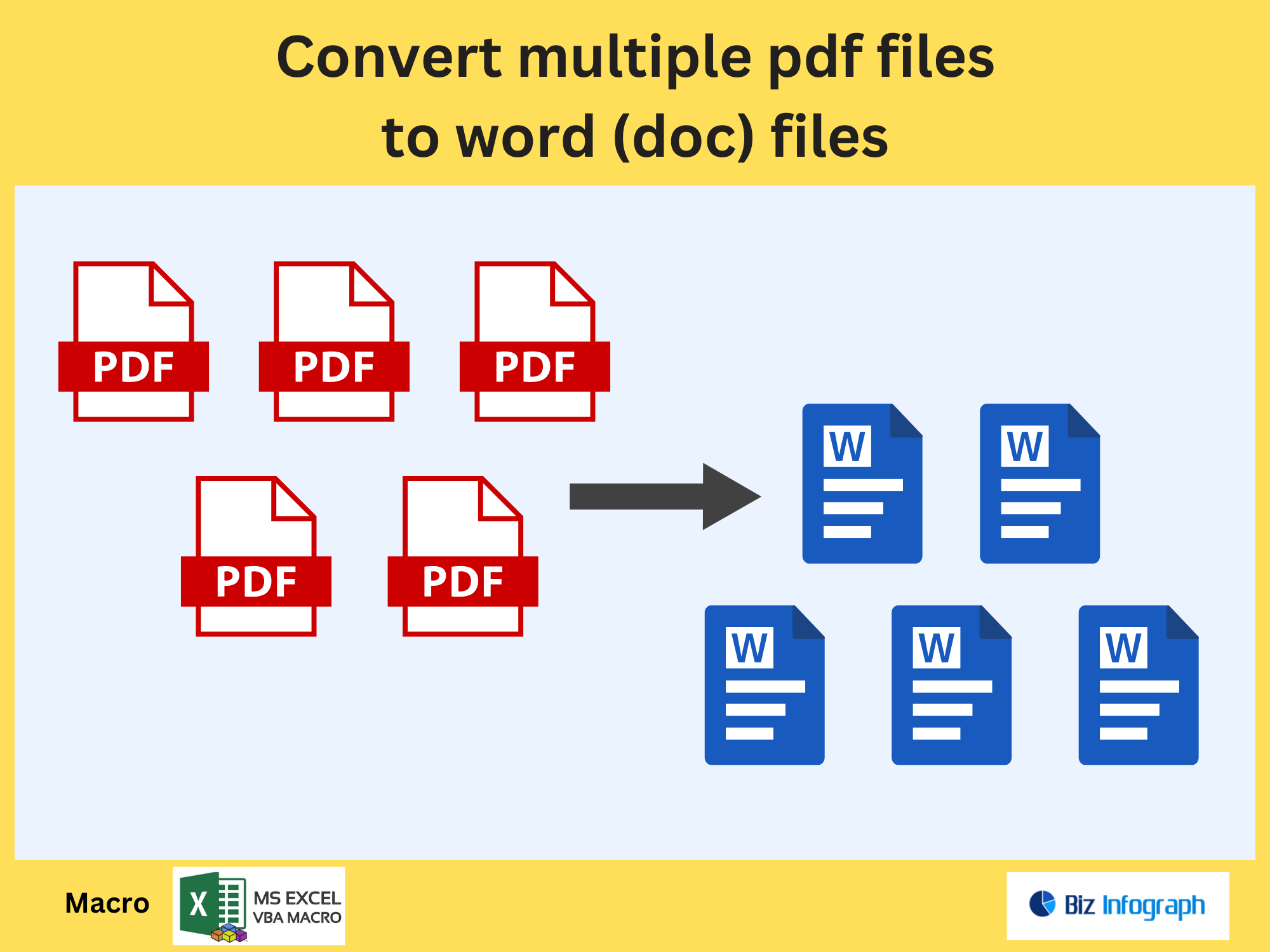Convert Multiple Word Files to PDF Files by Power Automate
Introduction to Word to PDF Conversion
Benefits of Converting Word Documents to PDF
Converting Word documents to PDF ensures consistency across devices and preserves formatting. Whether you’re sharing docx files via email or storing them in SharePoint, PDFs prevent unwanted edits, maintaining document integrity.
Understanding Power Automate for Conversion
Power Automate, previously known as Microsoft Flow, is a versatile tool that automates repetitive tasks. It allows you to automate processes such as converting Word documents to PDF seamlessly, improving productivity across your organization.
Getting Started with Power Automate
Setting Up Power Automate Workflow
To create a flow, start by accessing Power Automate online. Here you can set up workflows that batch convert Word to PDF automatically. This eliminates manual conversion, making tasks more efficient.
Connecting Power Automate with OneDrive
Connect Power Automate to OneDrive or SharePoint Online to access your document library. This integration ensures your batch conversion process can easily handle multiple files stored in the cloud, converting them to PDF swiftly.
Step-by-Step Guide to Convert Word Files to PDF
Creating a New Power Automate Flow
Begin by creating a new flow in Power Automate. Use the "Create" option and select the trigger for "When a file is created" or "When a file is created or modified," ideal for automating conversion.
Selecting Word Documents for Conversion
Specify the files you want to convert, targeting doc or docx files. You can choose specific folders in OneDrive or SharePoint document libraries to batch convert multiple documents.
Applying the Word to PDF Conversion Action
Use the built-in action in Power Automate to convert Word documents to PDF. Simply add the "Convert file" action, selecting "Word document to PDF using Power Automate," ensuring accurate conversion each time.
Saving Resulting PDFs to OneDrive
Once converted, save the resulting PDF files automatically to a designated folder in OneDrive or SharePoint. Power Automate helps manage these PDFs effectively, automating storage and retrieval.
Batch Converting Multiple Word Files
Setting Up Batch Convert Workflow
To batch convert files, utilize Power Automate’s capabilities to handle bulk processes. Configure a flow that triggers automatically, converting multiple Word documents into PDFs as soon as they're uploaded.
Automating Multiple Word Documents Conversion
Automate the conversion of multiple files efficiently by creating loops within your workflow. This batch conversion ensures you can handle a bunch of files simultaneously, saving time and reducing errors.
Advanced Features and Tips
Using Adobe Acrobat with Power Automate
Consider using Adobe Acrobat online services or Adobe Acrobat Pro for enhanced PDF conversion. Integrate these PDF tools into Power Automate to convert other file types like image files along with Word documents into PDFs.
Troubleshooting Common Issues in Conversion
Common issues such as formatting errors or incomplete conversions can be addressed by verifying file types and connections. Ensure that your workflow includes proper error-handling steps to manage problematic files.
Optimizing Your Workflow
Managing Resulting PDF Files Effectively
After conversion, Power Automate helps save the converted PDF files in structured locations, making file management effortless. Automate naming conventions and organize storage in SharePoint for easy access.
Enhancing Workflow Efficiency with Automation
Power Automate also provides flexibility to automate the process further, such as sending notifications or sharing files automatically post-conversion. Automating these repetitive tasks significantly enhances productivity and ensures smooth document management.
This comprehensive approach ensures a smooth, efficient process of convert to PDF using Power Automate.
For ready-to-use Dashboard Templates:
- Financial Dashboards
- Sales Dashboards
- HR Dashboards
- Data Visualization Charts
- Power BI - Biz Infograph
